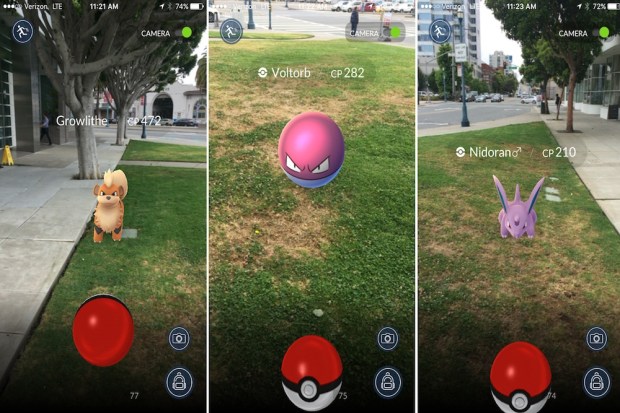Ripple Effects: The Wow Factor

Google Play’s four top-grossing apps have seen a 10 percent increase in revenue from their game apps in Europe since the debut of Pokémon GO. A theory is that, once consumers use one mobile app, they are encouraged to try another. So, does that mean that Pokémon GO might increase the adoption rate of mobile payment apps, too?
What do the digital space of the Google Play store that features Pokémon GO and your out-of-town designer discount center have in common? Each space, digital or physical, has an anchor or attraction that, along with its own revenues, increases the success of the apps or stores around it. A ripple effect, if you will.
Compare a physical retail location far from an urban metropolis and one that is close to a city. You won’t find a Fresh Fields or a Banana Republic in or around a small rural town in the U.S.
Retailers use demographics, such as population and income, when they decide where to locate their brick-and-mortar locations. Mid-sized towns deemed capable of returning decent ROI may have a Giant Eagle and a Kmart, if they’re lucky.
But a new designer discount center that opens up 10 miles out of a huge suburban population, if strategically placed — and they are — attracts thousands of shoppers from the close-by urban sprawl. Often, high-end designer boutiques provide the wow factor that draws visitors and creates sales. According to Financial Times: “From Beijing to Britain’s Bicester Village, fashion-conscious consumers are increasingly turning to outlet villages for their luxury purchases.”
All that foot traffic that is rushing to snap up last fall’s fashions at Hermès or Gucci might also step into lower-end retailers, such as Gap or Old Navy. And the aggregated effect that both the location and the range of retailers has is to boost the sales of all of the retailers.
Sometimes, it just takes one retailer or service provider to create a sea change. For example, a new restaurant in a town can often be a catalyst for other commercial enterprises who are encouraged by new investment and decide to follow suit themselves and open a new business location.
So, where does the Google Play store come in?
In the case of designer outlets, the wow factor is luxury brands, such as Louis Vuitton and Prada, which sell their overstock off cheaply. The recent wow factor in the Google Play store was Pokémon GO. And both of these wow factors stimulate sales for everyone in the ecosystem.
According to DOCOMO Digital, a mobile commerce research company, Google Play’s four top-grossing apps have seen a 10 percent increase in revenue from their games in the European market since the debut of Pokémon GO. Niantic, which is the highest earner, initially caused a drop in the sales of competitors, but sales returned to pre-Pokémon levels and then soared after the launch of Pokémon GO.
DOCOMO Digital examined King, the firm behind Candy Crush, and Supercell, as well as Peak Games and Google, and an increase in downloads were found for all.
The conclusion, according to TechCrunch, is that the ripple effect of game-changers, or the wow factor, is a positive one that encourages the use of all products or services in the immediate vicinity. And that vicinity can be a digital space, such as the Google Play store, or a high street.
In the case of a new restaurant, for example, a customer might frequent the anchor restaurant one night but then try another just up the street the next. One caveat, however, is that DOCOMO Digital didn’t see the same effect after the launch of other popular in-app purchase games, such as Clash Royale and Candy Crush Saga. In these cases, only those games themselves saw an uptick and not those in the immediate environment.
To answer this conundrum, DOCOMO Digital cites Pokémon’s ignition as the wow factor. To be specific, it was the speed at which Pokémon GO ignited that caused the domino effect on the downloading of other apps.
So, it might be that the young population may be much more willing to download Apple Pay or Samsung Pay, and that goes for their parents, too. But only if they are can wrestle their phones back from their Pokemon Go-obsessed offspring long enough to do so.
